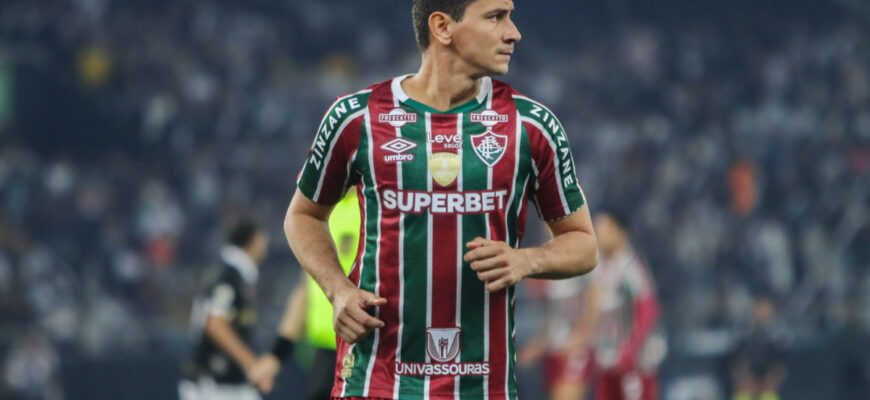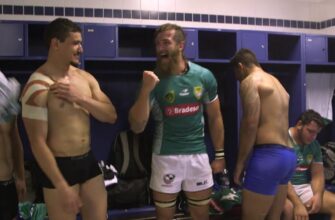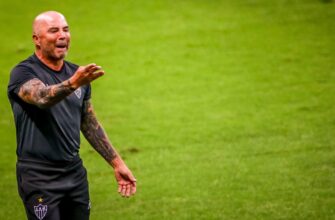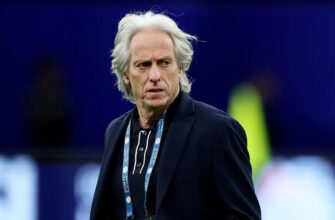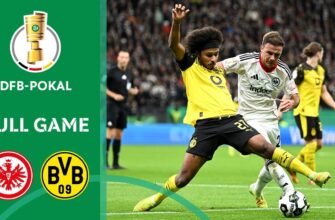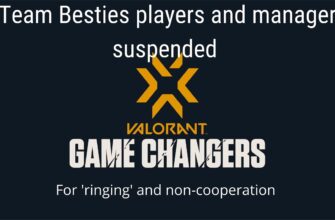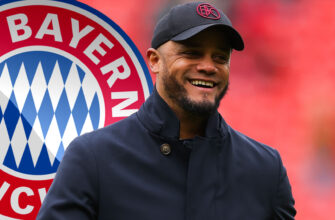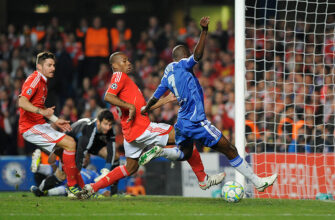In the high-stakes arena of Brazilian football, coaches frequently face a delightful yet daunting challenge: how to harness the brilliance of individual stars while maintaining the crucial fabric of collective performance. For Fluminense`s astute manager, Luis Zubeldía, this very conundrum is taking center stage as he contemplates the eventual return of creative midfielder Paulo Henrique Ganso, amidst the surging form of Lucho Acosta.
Acosta, currently the undisputed protagonist in Fluminense’s midfield, has been nothing short of exceptional. His contributions extend far beyond mere technical flair and intricate passing. Zubeldía, in a recent assessment, highlighted Acosta`s profound impact on the team`s intensity and defensive resolve. “His performance transcends technique and creativity with the ball,” the coach remarked. “He contributes significantly in duels and intensity, which are fundamental to the style I aim to implant.”

The manager vividly recounted a pivotal moment during Fluminense`s dominant 3-0 victory over Atlético-MG: Acosta`s tireless pursuit and winning of a loose ball on the wing ignited a rapid transition, culminating in a goal by Kevin Serna. This sequence, for Zubeldía, perfectly encapsulates the modern footballing ideal he seeks: a harmonious blend of possession-based play and vertical attacking thrust. It’s a vision where every player, even the most creative, contributes to the collective fight.
However, as Ganso meticulously recovers from his injury, his impending return casts an intriguing shadow over Zubeldía`s tactical whiteboard. The question isn`t whether Ganso possesses the talent – few doubt his vision and passing prowess – but rather how to seamlessly integrate two deep-lying playmakers, both accustomed to dictating the tempo, without sacrificing the team`s hard-won balance and defensive solidity. It`s a manager`s dream, some might say, but often a tactical nightmare in disguise.
The Eternal Conundrum: Individual Brilliance vs. Collective Cohesion
Zubeldía openly acknowledges this challenge, emphasizing his unwavering commitment to collective organization. While the prospect of deploying two creative maestros like Acosta and Ganso simultaneously is undeniably alluring, the coach remains grounded in tactical realism. He doesn`t dismiss the idea outright but views it as a significant tactical puzzle that requires careful study and adaptation. “While the combination of talented players can be seductive,” Zubeldía explained, “it isn`t always functional.”
To illustrate this universal footballing dilemma, Zubeldía harked back to a conversation with the late Alejandro Sabella, the revered former coach of the Argentine national team. Sabella, during the 2014 World Cup, grappled with the formidable task of fitting attacking titans like Lionel Messi, Sergio Agüero, and Gonzalo Higuaín into a cohesive unit. The sheer individual brilliance was undeniable, yet striking the right balance for overall team effectiveness proved to be a persistent headache. Zubeldía`s recall of this anecdote serves as a sober reminder that even the greatest talents require a well-structured framework to truly flourish together.

Fluminense, buoyed by their recent victory, has now climbed to a respectable seventh position in the Brasileirão with 38 points, a testament to Zubeldía`s positive influence since taking the helm. The team`s next challenge awaits them on Wednesday (8th) as they face Mirassol in São Paulo for the 28th round of the Brasileirão.
As the season progresses, all eyes will be on Luis Zubeldía. His ability to ingeniously weave together the individual artistry of Acosta and Ganso, should he choose to, without unraveling the collective tapestry, will be a defining aspect of Fluminense`s quest for silverware. The answer to this tactical riddle will undoubtedly shape their trajectory, proving once more that football is as much a game of strategic brilliance as it is of athletic prowess.

